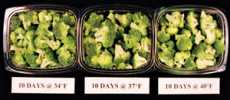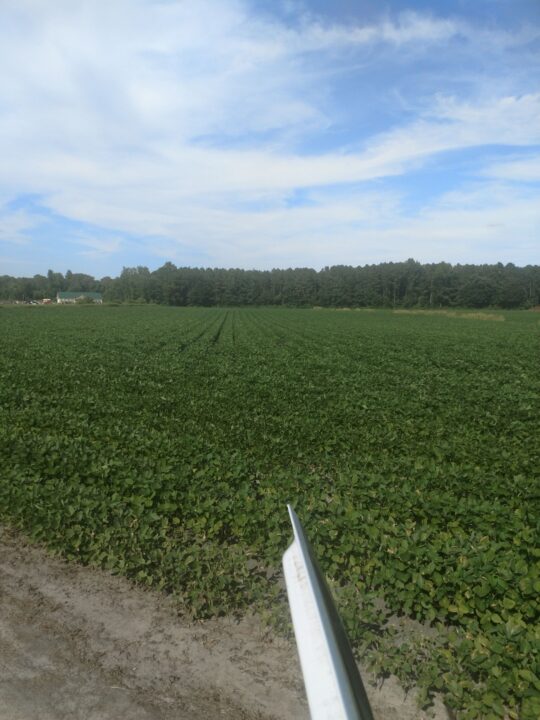Maintaining Vegetable Nutritional Quality

Improved awareness of good nutritional value is a leading factor contributing to the increased consumption of fresh vegetables. Of factors influencing produce purchase decisions, nutritional value ranks fourth behind flavor, ripeness, and appearance, and is more important to consumers than price, growing season, or location, or whether conventional vs. organic practices are used. Consumers know vegetables are a good source of vitamins, minerals, and fiber, and contain possible cancer-fighting compounds.
While flavor generally deteriorates faster than appearance following harvest, nutritional quality, especially vitamin C content, deteriorates even faster than flavor in most vegetables. Exceptions might include some of the leafy vegetables where leaf yellowing parallels vitamin C loss. So keep in mind that, while a vegetable may satisfy U.S. grade standards for appearance, it may be lacking the nutritive or flavor quality that lead to long-term consumer satisfaction. As we will see, many pre- and postharvest factors impact the nutritive quality and retention of fresh vegetables after harvest.
Influencing Factors

They may not look too different, but the vitamin C content is
45% lower in broccoli florets held at 40°F compared to those
held at 34°F or 37°F degrees.
Field conditions, such as temperature fluctuations, growing season, light intensity, water availability, soil type, fertilization practices, cultivar, and rootstock all may influence the nutritive composition of the product. Of these, cultivar and climate are probably the most important factors. For example, some cultivars inherently possess superior nutritive value to others. Also, plants grown under higher light intensity usually have higher vitamin C content than plants grown under low-light intensity.
The developmental stage when the vegetable is harvested also strongly influences its nutritive quality. For example, red peppers often contain much higher levels of vitamin A and C than green peppers and the carotenoid content of carrots and tomatoes increases with harvest maturity. Also, ripe tomatoes contain greater vitamin C content when the fruit are harvested ripe compared to fruit harvested mature-green and then ripened.
Following harvest, nutrient content begins to decline, particularly vitamin C. Factors such as physical injury, delayed cooling, exposure to high temperature or low relative humidity, extended storage durations, or storage at chilling temperatures can hasten the decline in nutritional value during packing, storage, and marketing of the commodity. Physical injury has taken on additional significance now that fresh-cut vegetables have become so popular. For example, vitamin C may decline by 20% to 35% within only one hour of shredding or slicing.
In particular, temperatures above, or sometimes below (e.g., chilling), a commodity’s optimum holding temperature lead to greatly accelerated vitamin C loss (see photo). Because higher temperatures increase the respiration rate of plant tissues, vegetable sugar and acid content also decrease more rapidly. In some cases, high or low temperatures may also enhance the production of toxic compounds, such as the production of glycoalkaloids in potatoes when exposed to sunlight.
On the other hand, holding vegetables in modified or controlled atmosphere (MA or CA) environments may enhance nutrient retention. MA or CA may be generated by large storage facilities, or through the use of films or coatings surrounding individual commodities. For example, vegetable coatings have been reported to improve carotenoid (vitamin A precursor) retention in peeled carrots and vitamin C retention in peppers.
So, consider the nutritive value of your product when estimating its shelflife and consider possible effects on nutritional content when making changes in your production and handling procedures.









